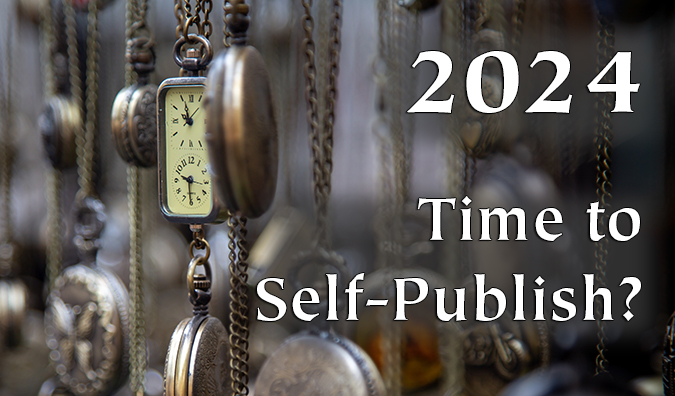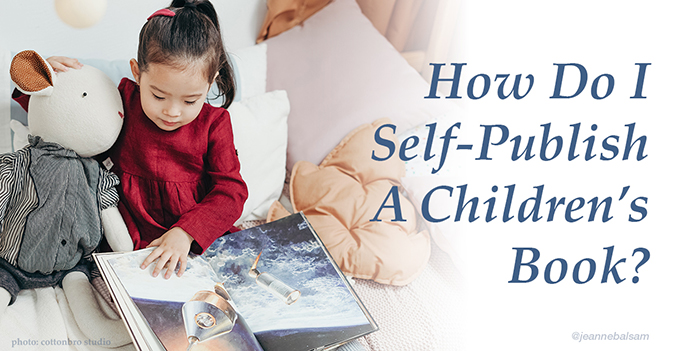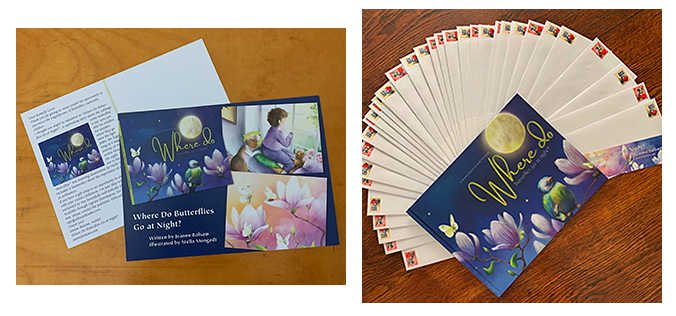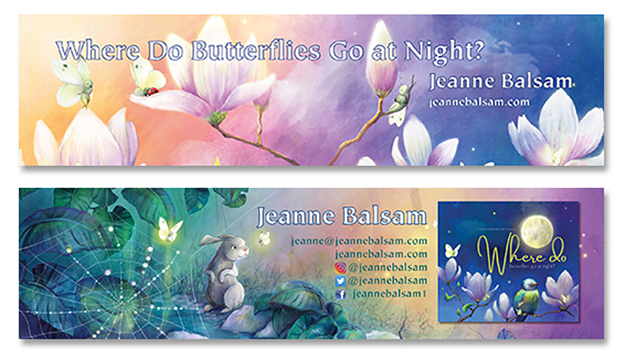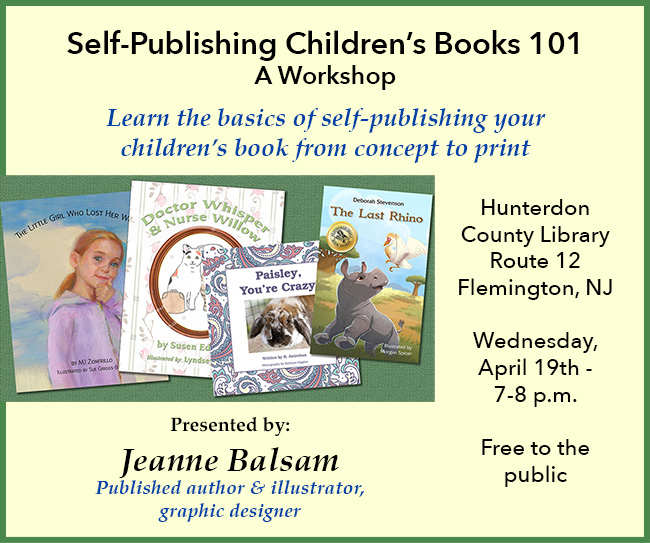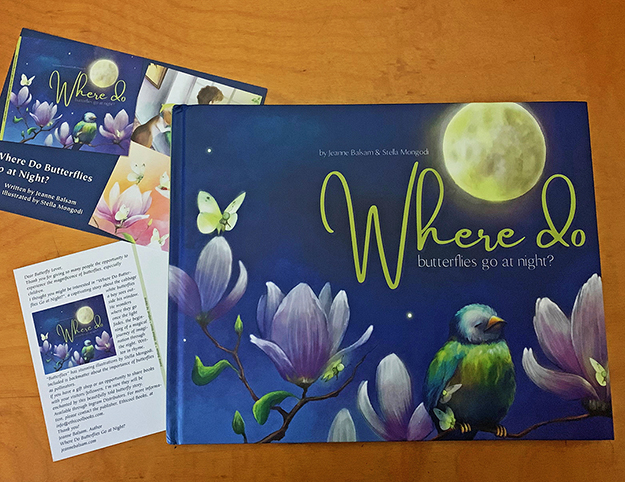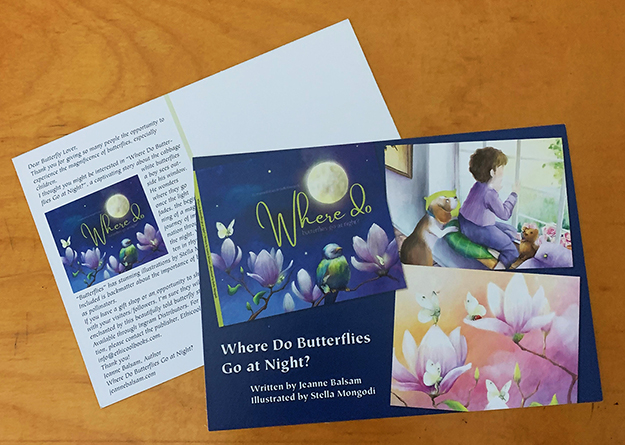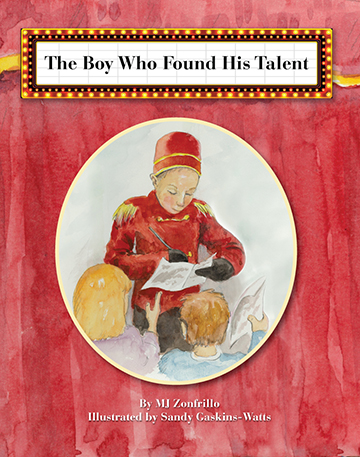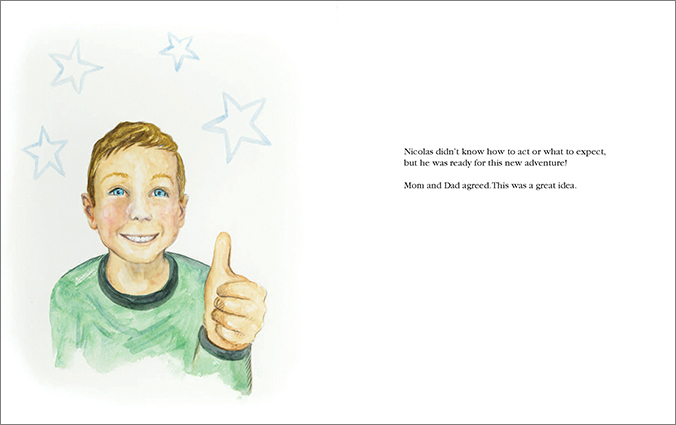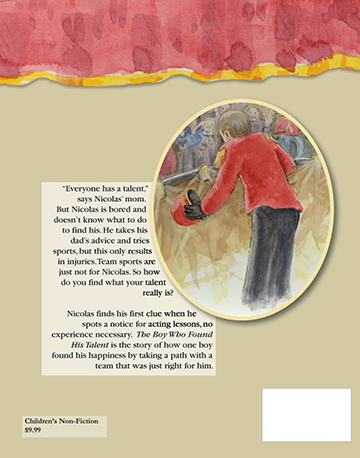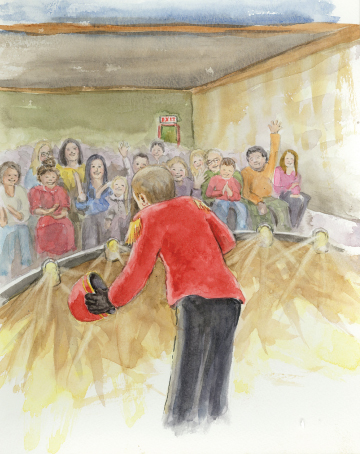Despite the name sounding potentially derogatory, a dummy is nothing more than a mock-up of the picture book you are working on. It’s a useful tool for several reasons:
- helping you improve your manuscript
- helping your illustrator have an idea of what she/he will need to do in terms of art and allowing space for text
- and/or having something concrete to show agents or editors, especially if you wish to illustrate your own MS (manuscript)
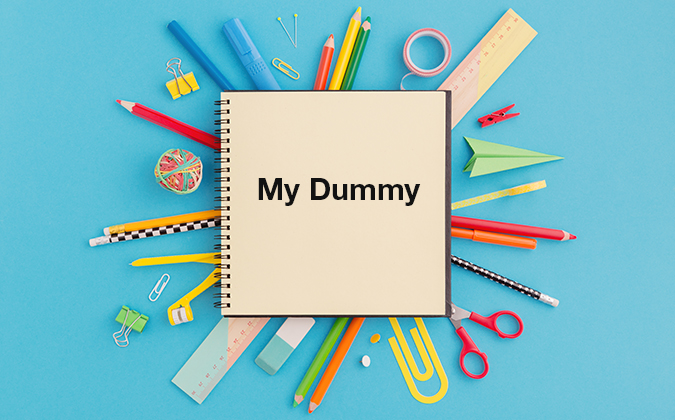
A dummy will generally have the same amount of pages as a standard 32-page picture book, and can easily be made from paper, just like a miniature book. But … your dummy can also be created digitally, depending on your level of expertise and the ultimate goal of the dummy.
You will need to understand what appears on each page in a standard children’s book, such as title page, publisher’s information, etc., so you will know how and where to place your text and what illustrations might go on what pages. The beauty of a dummy is that you don’t need to know how to draw to create one; stick figures work!
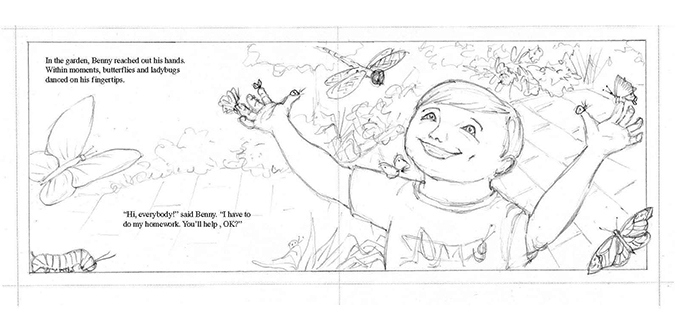
This is a sample page from one of my own dummies. As an artist and graphic designer, it is more complex than yours may need to be, but contains the elements you want – a two page spread, an indication of what the illustration might look like, and where the type (text) will fall.
I suggest you take out a few current 32-page picture books from the library or use your own as reference, and create a first dummy for yourself. Paper, scissors, glue stick, and a pencil or two and your final manuscript, and go play. See what your picture book might look like! The exercise, at the very least, will show you where your story can be improved.
You can also check my online calendar to see when I am giving workshops near you. (Right now, I’m in western NJ and eastern PA,)
